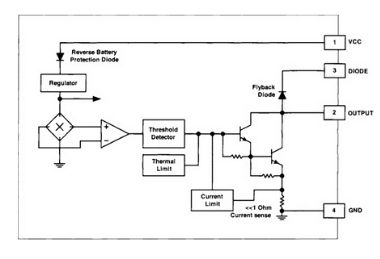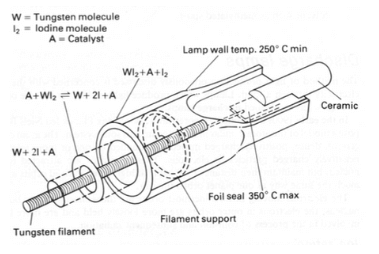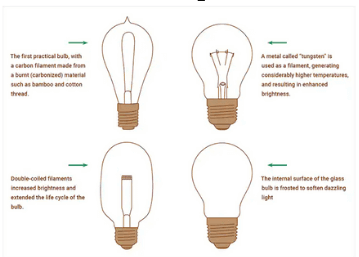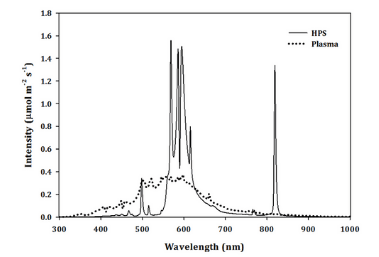Low Pressure Sodium Vapour Lamp: Diagram & Working Principle
A Low-Pressure Sodium Vapor lamp (or LPSV lamp) is termed as a “miscellaneous discharge lamp” as it possesses some characteristics of High-Intensity Discharge (HID) lamps as well as it resembles fluorescent lamps in other areas.
Basically, an LPSV lamp is a gas discharge lamp that uses sodium in an excited state to produce light. A typical LPSV lamp is shown in the figure below.

The constructional features of the LPSV lamp are given below:
The outer envelope is made from borosilicate glass. The inner surface of the outer glass case is coated with indium oxide. This heat-reflective coating of indium oxide allows visible light to pass but reflects infra-red radiation back inside the tube as a result of which both light output and temperature inside the tube increases.
The arc tube of the LPSV lamp is made of glass and bent in the form of a U-shape in order to increase the length of the arc. The arc tube is supported at both ends. The arc tube contains a mixture of metallic sodium and inert gases argon and neon.
Now we will discuss how an LPSV lamp actually operates. The basic operation of the LPSV lamp is similar to other gas discharge lamps in a sense that an arc is passed through a tube containing a metallic vapor. A starting gas is also required which is generally a mixture of inert gases argon and neon. The operation is explained step by step in details below:
Electric power is given to the lamp and it is energized.
The electrodes produce an arc and this arc strikes through the conductive gas and the lamp produces a reddish-pink light, characteristic of neon.
Current flowing through the inert gas mixture of argon and neon generates heat.
This heat vapourises the metallic sodium.
With the passage of time, the quantity of sodium in the arc stream increases and this produces the characteristic monochromatic orange color at a wavelength of 489.6 nm.
For proper operation of LPSV lamp, typical pressure is about .005 torr and a temperature range between 250° to 270°

Photometric Parameters
The luminous efficacy of the LPSV lamp is around 150-200 Lumens/Watt. Its CRI is very poor as it is monochromatic in nature. Its CCT is less than 2000K and the average life is around 18000 burning hours. LPSV lamps are not instant starting and take almost 5-10 minutes to come to full glow.
Applications of LPSV Lamps
LPSV lamps are economical to use in road lighting and security lighting where the color of the object is not important. They are most suitable to use during foggy weathers。
Statement: Respect the original, good articles worth sharing, if there is infringement please contact delete.
Welcome to our electricity community! Established to facilitate the exchange and cooperation in the electricity industry and bridge professionals, enthusiasts, and related enterprises.





